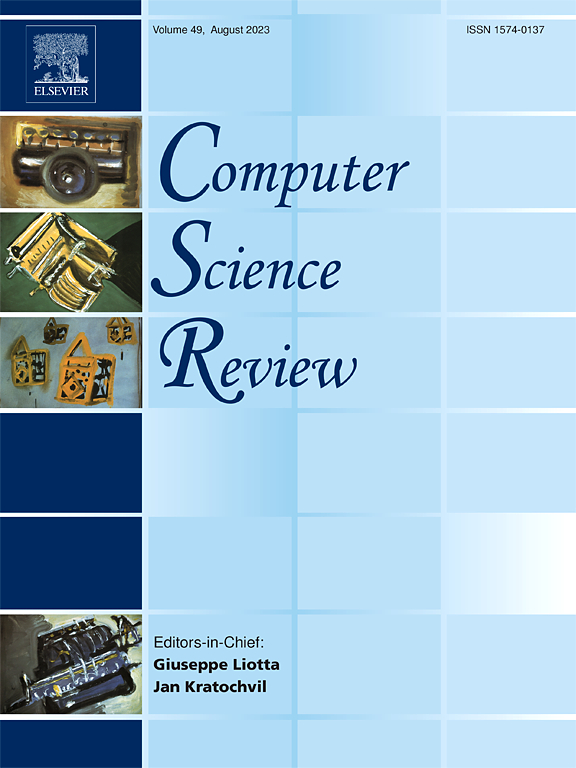网络空间的未来:对后量子时代标准安全协议的批判性回顾
IF 12.7
1区 计算机科学
Q1 COMPUTER SCIENCE, INFORMATION SYSTEMS
引用次数: 0
摘要
在过去的三十年中,标准化组织(例如,国家标准与技术研究所和互联网工程任务组)已经调查了加密算法的效率,并为从业者提供了(技术)指南。例如,(数据报)传输层安全“(D)TLS”1.2/1.3旨在帮助行业通过支持万物互联(IoE)环境的基础设施实现和集成这些方法,并考虑到效率和功效。支持这些协议的主要目标是保护IoE机器之间的Internet连接免受恶意活动(如未经授权的窃听、监视和篡改消息)的侵害。理论上,这些协议应该是安全的。尽管如此,大多数现有的实现部分遵循(D)TLS 1.2/3的标准特性,使它们容易受到诸如侧信道和网络攻击之类的风险。在本文中,我们严格审查了为数据和连接机器的安全管理部署的标准协议,并研究了最近发现的导致IoE环境中成功的零日攻击的漏洞。然后,我们以组织政策执行策略和缓解方法的形式讨论了网络安全从业者、决策者和政策制定者可以使用的各种潜在对策。最后,我们确定了主动和被动的解决方案,以供进一步考虑和研究,并提出了替代机制和电子政务政策,以便在未来的解决方案设计中使组织和工程师标准化。本文章由计算机程序翻译,如有差异,请以英文原文为准。

Future of cyberspace: A critical review of standard security protocols in the post-quantum era
Over the past three decades, standardizing organizations (e.g., the National Institute of Standards and Technology and Internet Engineering Task Force) have investigated the efficiency of cryptographic algorithms and provided (technical) guidelines for practitioners. For example, the (Datagram) Transport Layer Security “(D)TLS” 1.2/1.3 was designed to help industries implement and integrate such methods through underpinning infrastructures of Internet of Everything (IoE) environments with efficiency and efficacy in mind. The main goal underpinning such protocols is to protect the Internet connections between IoE machines from malicious activities such as unauthorized eavesdropping, monitoring, and tampering with messages. In theory, these protocols are supposed to be secure. Still, most existing implementations partially follow the standard features of (D)TLS 1.2/3, leaving them vulnerable to risks such as side-channel and network attacks. In this paper, we critically review the standard protocols deployed for the security management of data and connected machines, and also examine the recently discovered vulnerabilities that lead to successful zero-day attacks in IoE environments. Then, we discuss various potential countermeasures in the form of organizational policy enforcement strategies and mitigation approaches that can be used by cybersecurity practitioners, decision- and policy-makers. Finally, we identify both proactive and reactive solutions for further consideration and study, as well as propose alternative mechanisms and e-governance policies for standardizing organizations and engineers in future solution designs.
求助全文
通过发布文献求助,成功后即可免费获取论文全文。
去求助
来源期刊

Computer Science Review
Computer Science-General Computer Science
CiteScore
32.70
自引率
0.00%
发文量
26
审稿时长
51 days
期刊介绍:
Computer Science Review, a publication dedicated to research surveys and expository overviews of open problems in computer science, targets a broad audience within the field seeking comprehensive insights into the latest developments. The journal welcomes articles from various fields as long as their content impacts the advancement of computer science. In particular, articles that review the application of well-known Computer Science methods to other areas are in scope only if these articles advance the fundamental understanding of those methods.
 求助内容:
求助内容: 应助结果提醒方式:
应助结果提醒方式:


